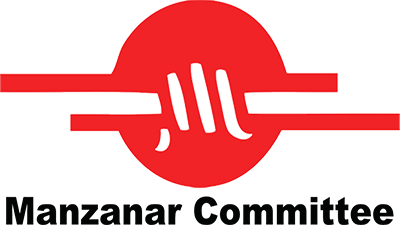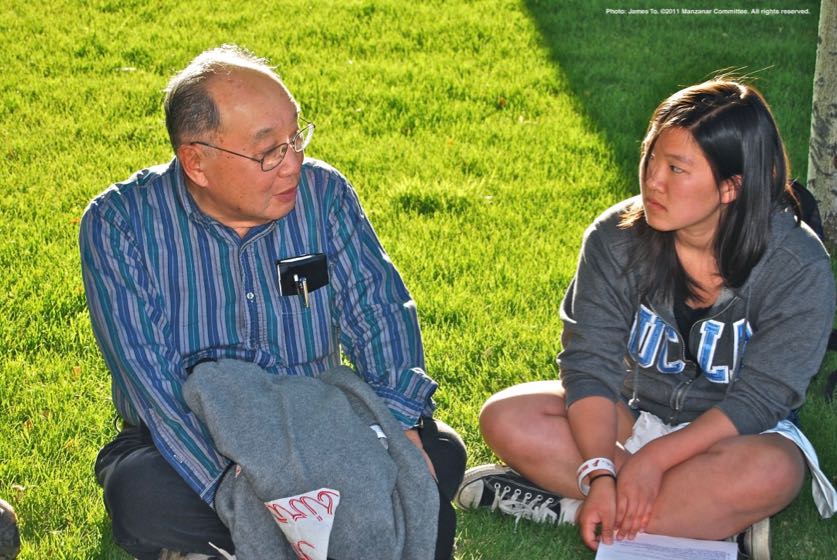Editor’s Note: On December 9, 2011, the New York Times published a review of the new museum at the Heart Mountain National Historic Landmark, which opened on August 20, 2011. But it was clear that the author failed to do thorough research. In fact, he was careless, sloppy, and as a journalist, his work was shoddy, at best. As a result, the story ended up perpetuating the falsehoods that many continue to believe about the Japanese American Incarceration experience, giving the reader the idea that the incarceration was somewhat justified.
Many in the Japanese American community were outraged, including Manzanar Committee member Kanji Sahara, a Nisei (second generation American of Japanese ancestry), who was incarcerated at the concentration camp in Jerome, Arkansas during World War II. Sahara submitted the following as a Letter to the Editor, and has given his permission for us to publish it here as well.
Edward Rothstein’s “The How of an Internment, But Not All The Whys” (Art & Design, December 9, 2011) reviews the new Heart Mountain museum and propagates incorrect facts regarding the World War II incarceration of Japanese Americans.
After World War II started, the FBI arrested and detained a few thousand German, Italian and Japanese aliens. These were “monitored aliens” that the FBI tracked before World War I and considered dangerous. However, the 120,000 Nikkei (Japanese emigrants and their descendants) put in camps were not treated as individuals but members of an ethnic group. There is a distinction between arresting monitored aliens and mass incarceration of an ethnic group.
Rothstein repeats several myths regarding “suspicious acts” by Nikkei which led to call for their removal. There is not a single documented act of espionage, sabotage or fifth column activity by Nikkei on the West Coast. FBI Director Hoover stated mass removal was not necessary. In 1983, the Congressional Committee said Evacuation was due to race prejudice, war hysteria and failure of political leadership.
Rothstein states Internment had large loopholes. This is because only the Nikkei in the West Coast states were put in camps. Thus Colorado’s Amache Camp housed California Nikkei, while those Nikkei living in Denver were free.
Rothstein cites “…jobs held outside the camp.” In 1942, western sugar beet farmers needed workers to harvest the crop. About 10,000 young men temporarily left camp to harvest sugar beets.
Rothstein states “…its newspaper editors working in Cody.” This is because every Saturday, the Cody Enterprise printed the Heart Mountain Sentinel.
Targeting of Muslim Americans has occurred since 9/11. The best antidote is to know the truth concerning the incarceration of Japanese Americans during World War II.
The views expressed in this story are those of the author, and are not necessarily those of the Manzanar Committee.
LEAD PHOTO: Manzanar Committee member Kanji Sahara (left), shown here during the 2011 Manzanar At Dusk program on April 30, 2011. Photo: James To/Manzanar Committee.
Related Stories:
- A Response To New York Times’ “The How of an Internment, but Not All the Whys” – 8 Asians
- New York Times Museum Review Offers Possible Justifications For Internment? – Angry Asian Man
- The Ugly Side of Selective Memory & Revisionist History – Asian Nation
- Letters: When Japanese-Americans Were Interned in Camps – New York Times
- Scholars Take Issue with NYT Review of Heart Mountain Museum – Rafu Shimpo
- Insinuations and Innuendo About Internment – Rafu Shimpo
- The Ugly Side of Selective Memory & Revisionist History – The Color Line
 The Manzanar Committee’s Official web site is licensed under a Creative Commons Attribution-NonCommercial-NoDerivs 3.0 Unported License. You may copy, distribute and/or transmit any story or audio content published on this site under the terms of this license, but only if proper attribution is indicated. The full name of the author and a link back to the original article on this site are required. Photographs, graphic images, and other content not specified are subject to additional restrictions. Additional information is available at: Manzanar Committee Official web site – Licensing and Copyright Information.
The Manzanar Committee’s Official web site is licensed under a Creative Commons Attribution-NonCommercial-NoDerivs 3.0 Unported License. You may copy, distribute and/or transmit any story or audio content published on this site under the terms of this license, but only if proper attribution is indicated. The full name of the author and a link back to the original article on this site are required. Photographs, graphic images, and other content not specified are subject to additional restrictions. Additional information is available at: Manzanar Committee Official web site – Licensing and Copyright Information.



Please post your comment on this story below